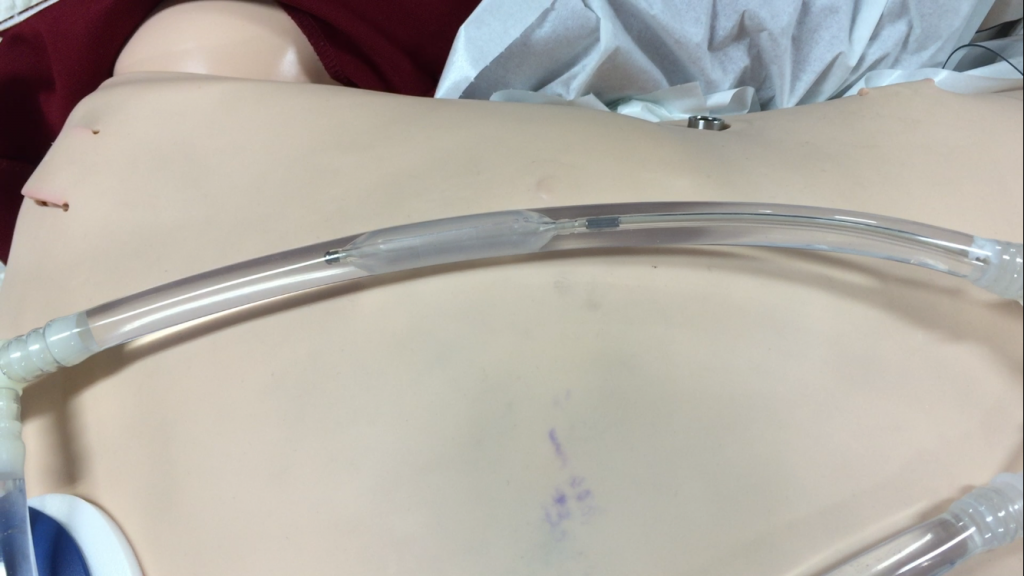I’ve forgotten to upload about my original simulation seminar called “SimMarathon” that was held on Nov 3rd, 2015.
55M
CC: dyspnea, altered consciousness
Diag: severe pneumonia of Legionella
Interventions: intubation/EGDT/ABX→ventilatory support
60M
CC: hypothermia, fine VF
Diag: accidental hypothermia with GI bleeding
Interventions: ECMO, defib after rewarming more than 30 degree, massive blood transfusion, endoscopic/operative hemostasis
20F
CC: blunt trauma, hemorrhagic shock
Diag: facial trauma, hemorrhagic shock due to fractures of pelvis and multiple limbs
Interventions: cricothyroidotomy for airway emergency with multiple facial bone fractures, massive blood transfusion, FAST/FACT→TAE→external fixation of pelvis
60M
CC: lt.hemiparesis, altered consciousness
Diag: AAD(Stanford A), dissection 3 branches of aortic arch, seizure
Interventions: intubation, CE-CT→ope
20F
CC: altered consciousness, fever
Diag: bacterial meningitis/septic shock/sepsis-induced cardiomyopathy
interventions: blood culture, intubation, EGDT, early ABT administration(MEPM/VCM), CT, lumbar puncture
44M
CC: burn by explosion, face to leg,
Diag: large burn with inhalation injury, TBSA 40%, hemoglobinuria
Interventions: fluid resuscitation according to Pakland formula, bronchoscopy, intubation, wound care
51M
CC: Fall from 4m hight, VF during CT scan
Diag: traumatic SAH, rib fractures, transverse process fracture of lumbar spine, retroperitoneal hemorrhage,
new onset of AMI(broad anterior), persistent/reccurent VF
Interventions: VA-ECMO, PCI(only POBA) with minimum heparinization







